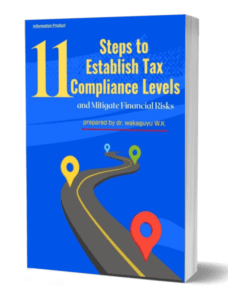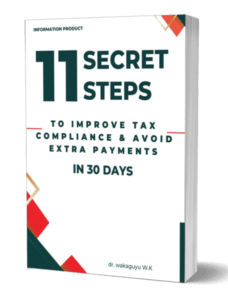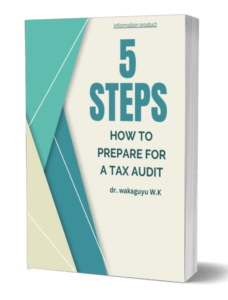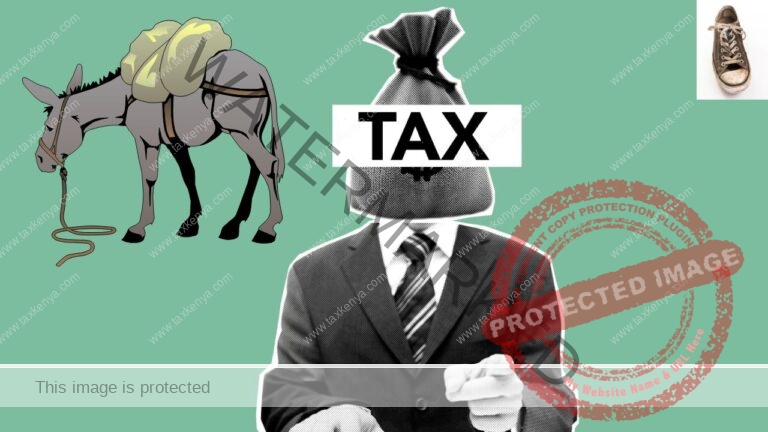In the complex world of financial accounting and tax compliance, one area that often causes confusion is how to treat bad debts in tax calculations. Businesses, particularly those extending credit to customers, inevitably face situations where some debts become uncollectible.
These bad debts impact financial statements and tax liabilities. Understanding why we add back bad debts after write-off when calculating tax is crucial for accurate financial management and regulatory compliance.
The Concept of Bad Debts in Tax Calculations
Bad debts arise when a company extends credit to customers but is unable to collect the owed amounts. In accounting, these debts are written off as they are deemed uncollectible, reflecting a loss in the company’s financial statements.
However, the treatment of these write-offs for tax purposes differs significantly from their treatment in financial accounting.
Accounting vs. Tax Treatment of Bad Debts
In financial accounting, writing off a bad debt reduces the company’s accounts receivable and recognizes a loss on the income statement, reflecting the actual financial situation. This write-off is based on the principle of conservatism, ensuring that assets are not overstated.
However, for tax, the mere write-off of a debt does not automatically translate into a deductible expense.
The key reason for this difference lies in the principle of timing and the recognition of actual economic events. Tax authorities require a more stringent demonstration that the debt is indeed worthless before allowing it as a deduction. This ensures that only genuine economic losses affect the taxable income.
Why We Add Back Bad Debts After Write-Off for Tax Calculations
Temporary Nature of Write-Offs
Writing off a bad debt in accounting is often a temporary measure. A debt written off today might be collected in the future, albeit rarely. Tax regulations are designed to recognise losses only when they are certain and permanent.
Adding back the bad debt ensures that only debts which are conclusively uncollectible reduce taxable income.
Consistency in Income Reporting
Tax laws aim to maintain consistency and fairness in reporting income. By adding back bad debts, businesses are prevented from manipulating their taxable income through premature or excessive write-offs.
This ensures a level playing field where taxable income accurately reflects economic realities without artificial reductions.
Recognition of Actual Loss
For tax purposes, a bad debt deduction is typically allowed only when the debt is definitively deemed worthless. This approach prevents businesses from taking premature deductions on debts that may still have some potential for recovery.
The add-back mechanism ensures that deductions are only taken for actual, realized losses.
Accrual vs. Cash Basis Accounting
Many businesses use the accrual basis of accounting, recognizing income when earned and expenses when incurred. However, for tax, the recognition of bad debt expenses follows specific rules.
Adding back bad debts aligns the treatment of these debts with tax regulations, ensuring that income is not understated by premature write-offs.
Deferred Tax Timing
Adding back bad debts defers the tax benefit until the debt is conclusively uncollectible. This ensures that the timing of the tax benefit aligns with the actual economic event of the debt becoming worthless. It prevents businesses from gaining an immediate tax advantage from debts that might still have recovery potential.
Regulatory Compliance
Compliance with tax regulations is a critical aspect of financial management. Tax laws, regulations and rules often specify the treatment of bad debts, including the requirement to add back write-offs. Following these regulations ensures that businesses remain compliant and avoid potential penalties or audits.
Preventing Abuse
The requirement to add back bad debts helps prevent abuse where businesses might prematurely write off debts to reduce their tax liability. By adding back these write-offs, tax authorities ensure that only genuine, irrecoverable losses impact taxable income, preventing potential manipulation.
Practical Implications for Businesses in Bad Debts in Tax Calculations
For businesses, understanding the treatment of bad debts in tax calculations is essential for accurate financial planning and compliance. Here are some practical steps to manage this process effectively:
Documenting Worthlessness
Maintain thorough documentation to prove the worthlessness of a debt. This might include correspondence with the debtor, collection efforts, and legal actions taken to recover the debt – evidence that you have been putting efforts to collect the debts. The tax commissioner requires evidence that a debt is worthless and has given the conditions under Legal Notice No. 37 as at the time of writing this post.
Regular Review
Periodically review accounts receivable to identify potential bad debts early. This proactive approach can help in managing write-offs and their tax implications effectively.
Consultation with Tax Professionals
Engage with tax professionals to ensure compliance with the latest tax laws, regulations and rules to optimize the treatment of bad debts in tax calculations.
Clear Policies and Procedures
Establish clear internal policies and procedures for identifying, writing off, and documenting bad debts. This helps in maintaining consistency and accuracy in financial and tax reporting.
Conclusion of Bad Debts in Tax Calculations
The treatment of bad debts in tax calculations is a nuanced process that requires a deep understanding of both accounting principles and tax, laws, regulations, and rules.
By adding back bad debts after write-offs, tax authorities ensure that only genuine, irrecoverable losses affect taxable income.
This approach maintains consistency, prevents abuse, and aligns the timing of deductions with actual economic events. For businesses, staying informed and compliant with these regulations is crucial for accurate financial management and avoiding potential tax issues.
Thank you for reading the post. Let us know about your thought in the comments.
Dr. Wakaguyu
Take A Quiz







